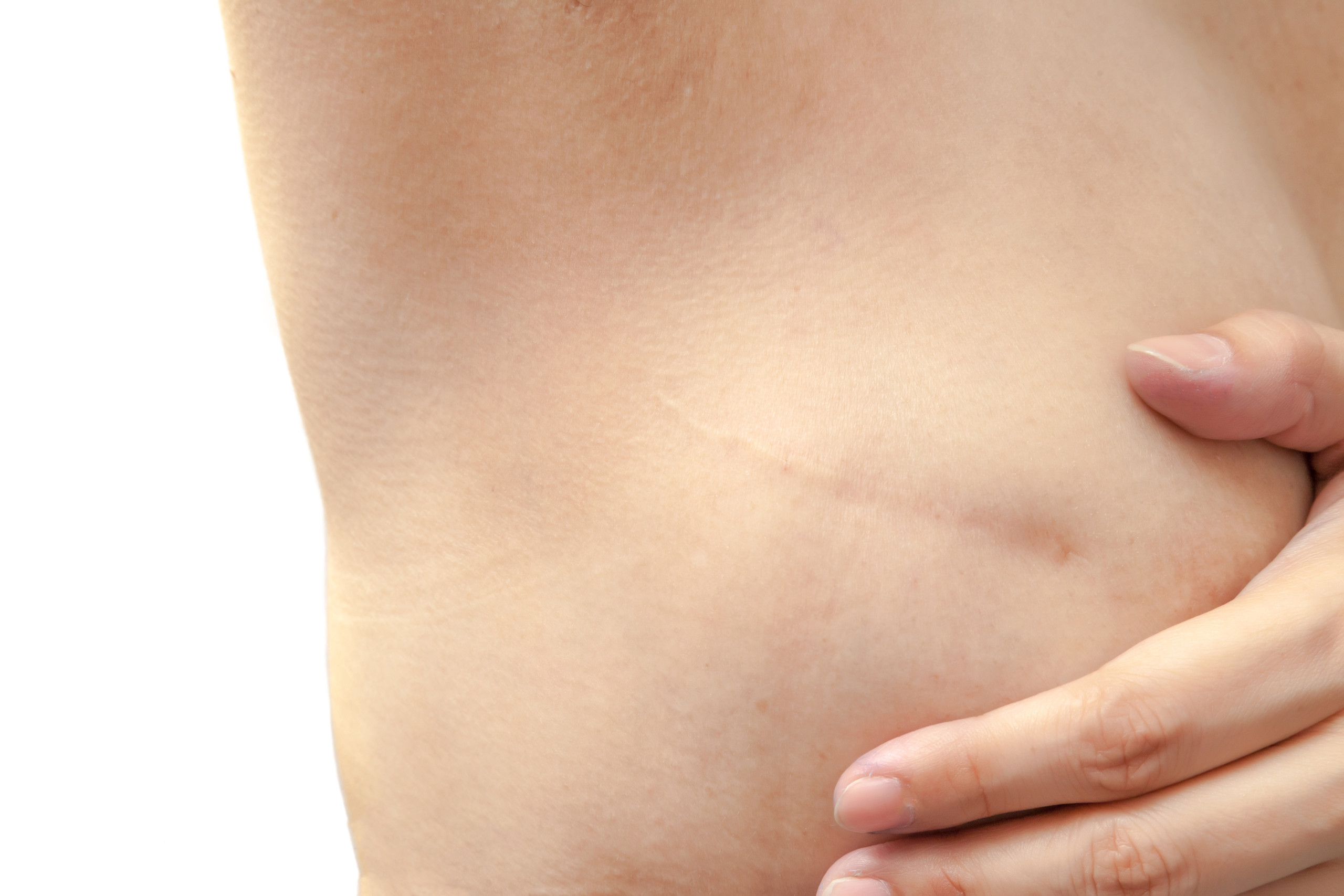You may have had or are about to undergo a mastectomy. If this is the case, your doctor may have told you about post-procedural options to restore or rebuild your breasts. Breast reconstruction after mastectomy surgery is available to you immediately after your procedure. It is also an option for you months or years later if time is an issue. If you are considering this option, it might help to do a little research first. The information you gather can help to shape the conversation you will have with your doctor in the future. Armed with a working knowledge of mastectomies and how they work, you can ask better questions and make a better decision regarding your health. Read on to learn more about the procedure, risks and what to expect.
Why choose breast reconstruction after a mastectomy?
The purpose of breast reconstruction surgery is to rebuild the breasts following the removal of the breast. Typically, the breast is removed during a mastectomy due to breast cancer or a high risk of breast cancer in the future. Breast reconstruction surgery can restore a natural, symmetrical appearance and maintain the body appearance you are used to. While breast reconstruction surgery is not necessary after a mastectomy, many women choose the procedure for personal and aesthetic reasons. It can help women in the process of recovering from a mastectomy to regain their confidence and self-esteem. Breast reconstruction can help mastectomy patients feel like themselves again.
Breast reconstruction procedure overview
There are two medical approaches to breast reconstruction after mastectomy.
- Implant reconstruction. In this procedure, the surgeon inserts an implant filled with saline or silicone.
- Autologous or “flap” reconstruction. In this procedure, the surgeon used tissue that is transplanted from a different part of the patient’s body. This type of reconstructive surgery may also include an implant, depending on the surgeon’s approach.
Implant reconstruction procedure steps
In most cases, an implant reconstruction is a two-stage approach. In the first stage, a surgeon places a tissue expander underneath the remaining breast skin or pectoralis muscles. This expander serves as a saline implant that gradually stretches the remaining tissue. It is temporary and will be removed once regular implants are ready to be placed.
After the patient fully heals following surgery, the surgeon then injects sterile saline through the skin into the tissue expander. It gradually grows, stretching the overlying skin and muscle until the breast reaches the desired size. Then, when the chest tissues heal, the surgeon performs the second procedure to insert the implants. He or she removes the tissue expanders and replaces them with the permanent implant. It can be saline or silicone.
In some cases, a surgeon may place a permanent saline or silicone implant at the time of the mastectomy, without use of a tissue expander.
Autologous reconstruction procedure steps
With autologous reconstruction surgery, tissue from another part of the body is moved to the chest to rebuild the breast. The surgeon usually removes this tissue from the abdomen, the buttock, back, or thigh.
Two different methods are available:
- Free flap surgery
- Pedicle flap surgery
During free flap surgery, a surgeon completely removes the tissue and the blood vessels that provide it with circulation for placement in the breast. They attach the existing blood vessels with the blood vessels in the chest at the intended site of placement.
In pedicle flap surgery, a surgeon will not entirely remove the transplanted tissue from its blood vessels. Instead, the tissue remains attached to the body. The surgeon then rotates this into the chest to form the breast. Tissue from the abdomen or back is typical for pedicle flap surgery.
Risks of breast reconstruction
The decision to have breast reconstruction surgery after a mastectomy is extremely personal. With the following possible risks in mind, you will decide if the benefits you will experience outweigh them.
Please note that your personal doctor will explain in further detail the specific risks associated with breast reconstruction. Everyone’s body is different and as a result, risks may vary. The risks listed below are general.
The possible risks of breast reconstruction include the following.
- Infection
- Bleeding
- Poor healing of incisions
- General anesthesia risks
In addition, if your surgeon uses autologous or flap surgery, there is a risk of:
- partial or complete loss of the flap
- loss of sensation at the donor site and the reconstruction site
The use of implants also carries the risk of capsular contracture (unusual firmness in the breasts) and implant rupture.
What to expect after breast reconstruction: recovery timeline
After breast reconstruction surgery, most patients are sore for a week or two. Depending on the extent of the surgery, some patients can take up to six weeks to recover. Typically, a patient will leave the hospital to recover at home two to five days post-procedure. Your surgeon will remove drains anywhere from three to 10 days depending on the method/approach to the procedure. Today, New Jersey breast reconstruction surgery yields excellent cosmetic results that leave patients feeling confident in and out of their clothes.
The right plastic surgeon can help you
Dr. Anthony Berlet has performed breast reconstruction surgery in the northern NJ and New York City areas for over 20 years. Helping patients recover from the mastectomies and regain their desired body image and their confidence drives him. Along with this experienced and caring staff, Dr. Berlet will answer any lingering questions you may have about breast reconstruction after mastectomy, as well as see you through to your recovery. To learn more about how we can help you, contact our office today.
